Flintstones, meet the Flintstones, They’re the modern Stone Age Family. From the town of Bedrock, they’re a page right out of history…
The Flintstones began as the first-ever prime-time animated TV show in 1960 and ran for 6 seasons. It was a spoof of sitcoms of the time – heavily inspired by The Honeymooners – and it based its jokes on the then-burgeoning suburban culture that had been growing in post-war America. It relied heavily on pop culture jokes, celebrity parodies, and puns – just so many puns.
Originally intended for a family-friendly audience, the show was suitable for kids to watch but snuck in enough satire and double entendres to keep the adults entertained. For the time the Flintstones was pretty cutting edge in its satire, and its skewering of current events and culture was spot on. But inevitably, in time, that satirical edge was blunted and the references became quaint or the meaning forgotten by subsequent generations. So much so that the Flintstones became a fixture on Saturday morning cartoon blocks and mid-afternoon reruns. It was used to sell cereal and vitamins, and their faces adorned lunch boxes, t-shirts, and onesies. In short, the Flintstones became a kid’s property. A property where politics and sex have no place and was just a bastion of pure, clean goodness – a wholesome place of innocent charm where the Woke agenda is mercifully absent. (Note: sarcasm)
And then in 2016 writer Mark Russell and artist Steve Pugh came along to not only throw that notion right out the window but to tear it into shreds and stomp on it a few times before doing so.
In this 12-issue run, Russell and Pugh reimagined the Flintstones. This reimagining was more realistic – in that, the character designs were less stylized and given more human proportions – and its situations and attitudes reflected a sensibility that is more modern (for lack of a better word). In it, we find the Flintstone family and their neighbors the Rubbles living in the newly constructed town of Bedrock after a questionable war. They are struggling to adjust to the alienation of their new way of life while trying to come to terms with a haunted past. And along the way, they encounter the various repercussions of living in a society.
This book pulls no punches. Everything is on the table – politics, sexuality, religion, corporate greed, war, genocide, PTSD, consumer culture, and the crippling depression of suburban malaise – all are all fair game. It is not afraid to tackle the existential dread of existence while at the same time critiquing the exploitation of the working class for rampant profit that benefits a tiny minority. It asks questions like what is marriage? Is there a God? And if aliens contacted us would they be party bros?
And that’s the best part. It’s funny – really funny. It has witty banter, great one-liners, and puns – just so many puns. And although the topics being satirized seem current – The Flintstones comic arguably does justice to the original series by embodying its spirit and intent better than any spin-off or repackaging had in 50 years. The original cartoon subtly held up a mirror to society and pointed out its flaws and absurdities by imagining modern life as the Stone Age. The Flintstones comic does the same thing – except this time there is no subtlety.
So in conclusion…
Flintstones, read the Flintstones…you’ll have a gay old time. Yabba Dabba Do!!!
This article originally appeared as the introduction to episode 88: The Flintstones.
The Collected Edition is a comic book podcast where the hosts discuss the famous and infamous runs and story arcs throughout the history of comics. Please subscribe to the show on Apple Podcasts, Sticher, IHeartRadio, and Spotify.

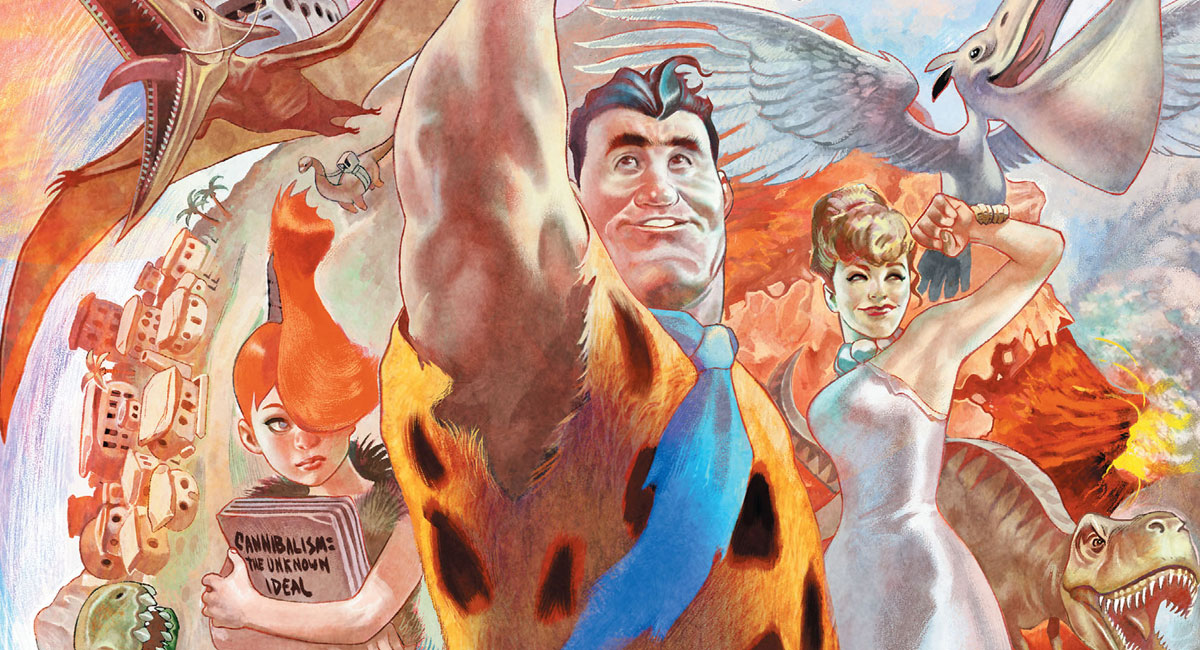

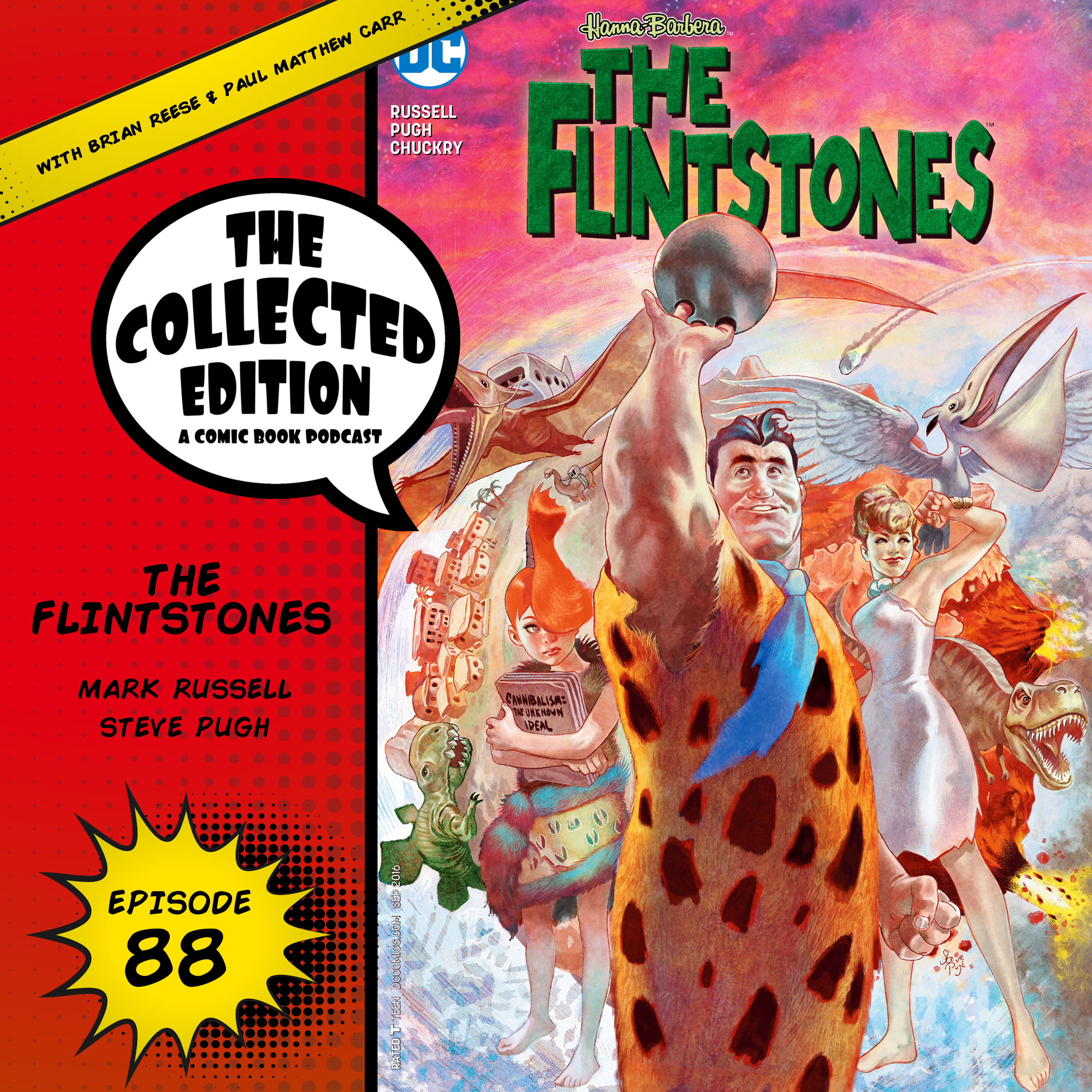
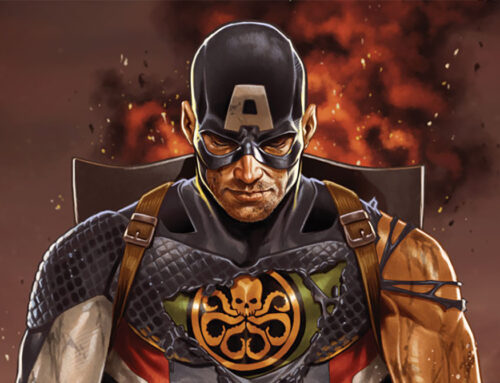
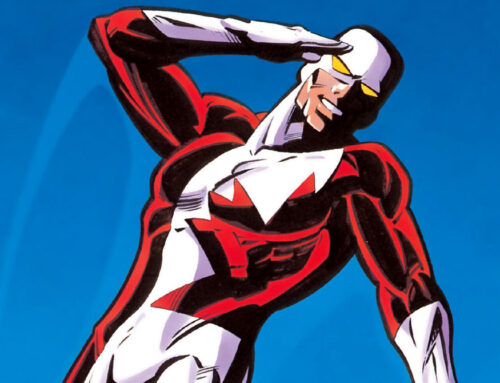
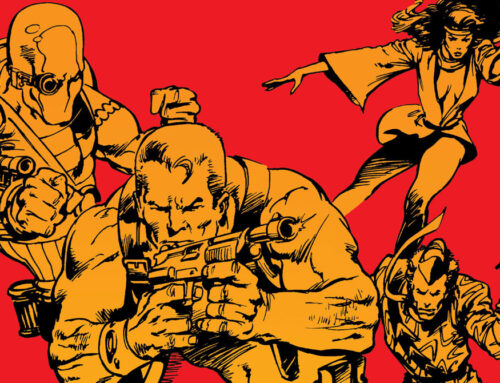

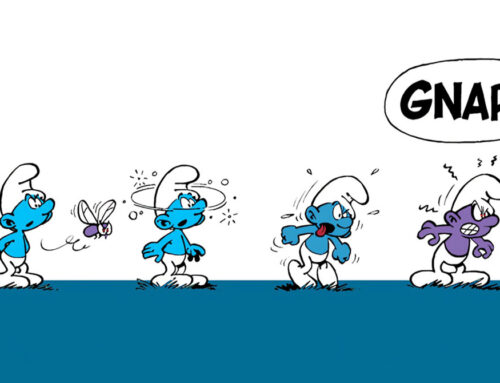


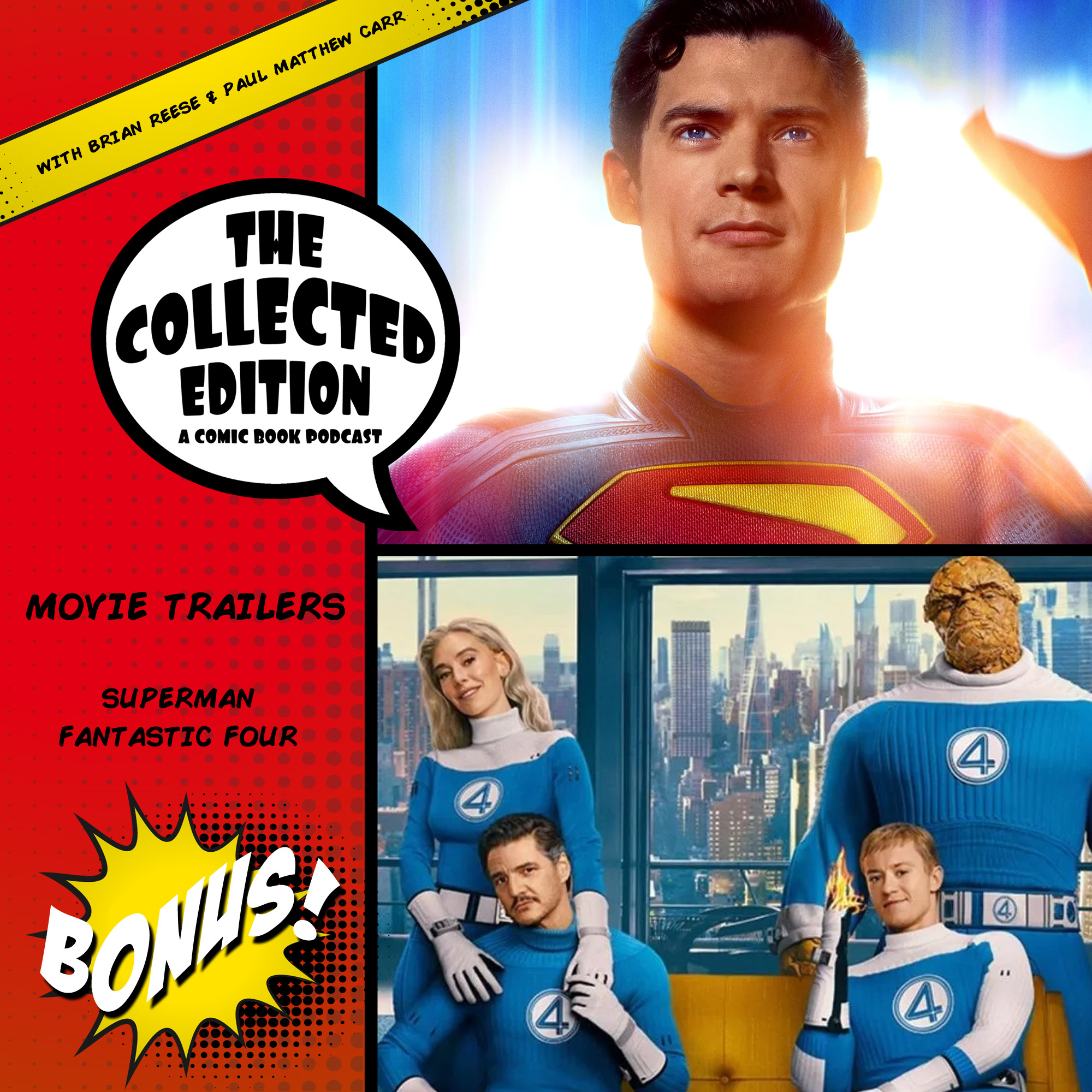
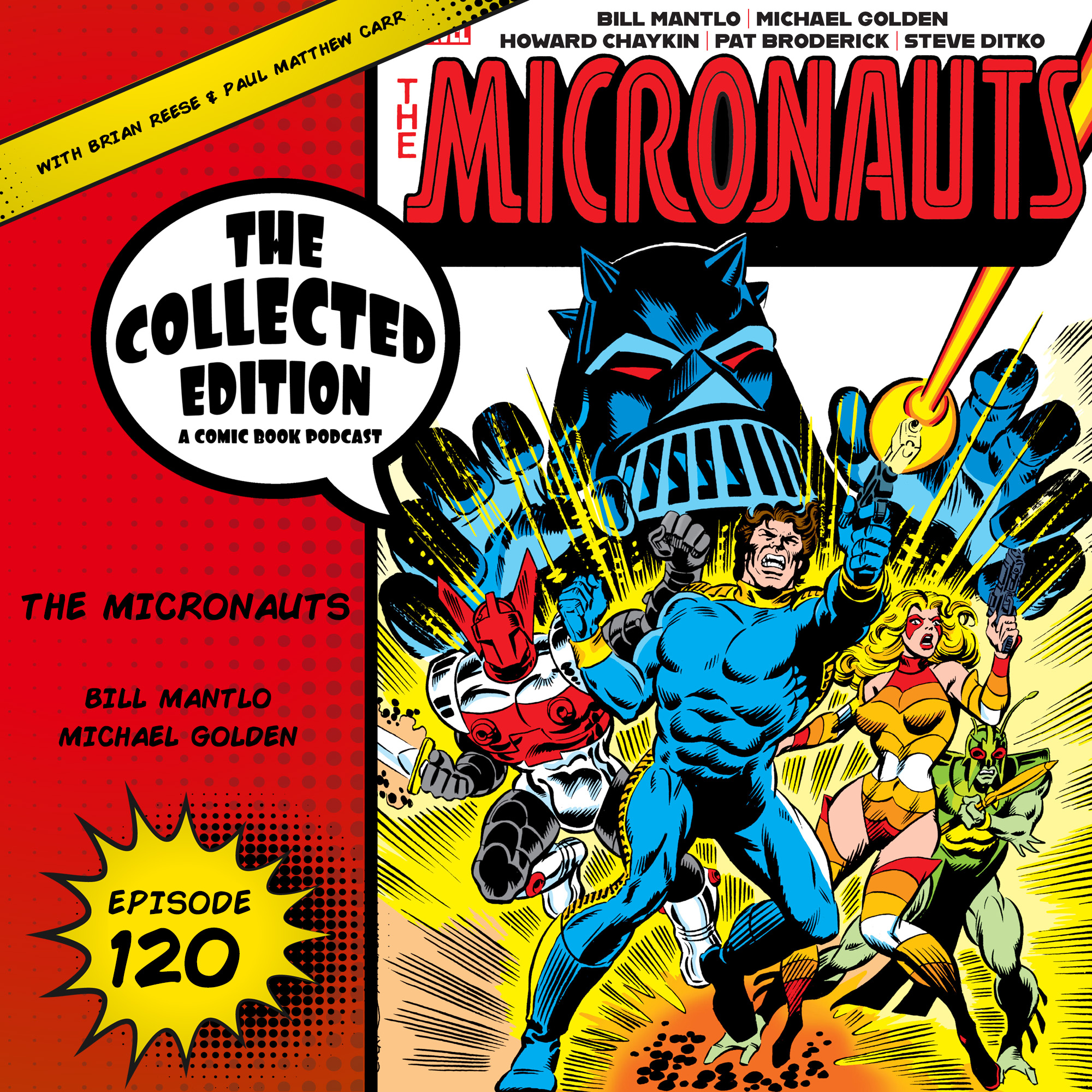
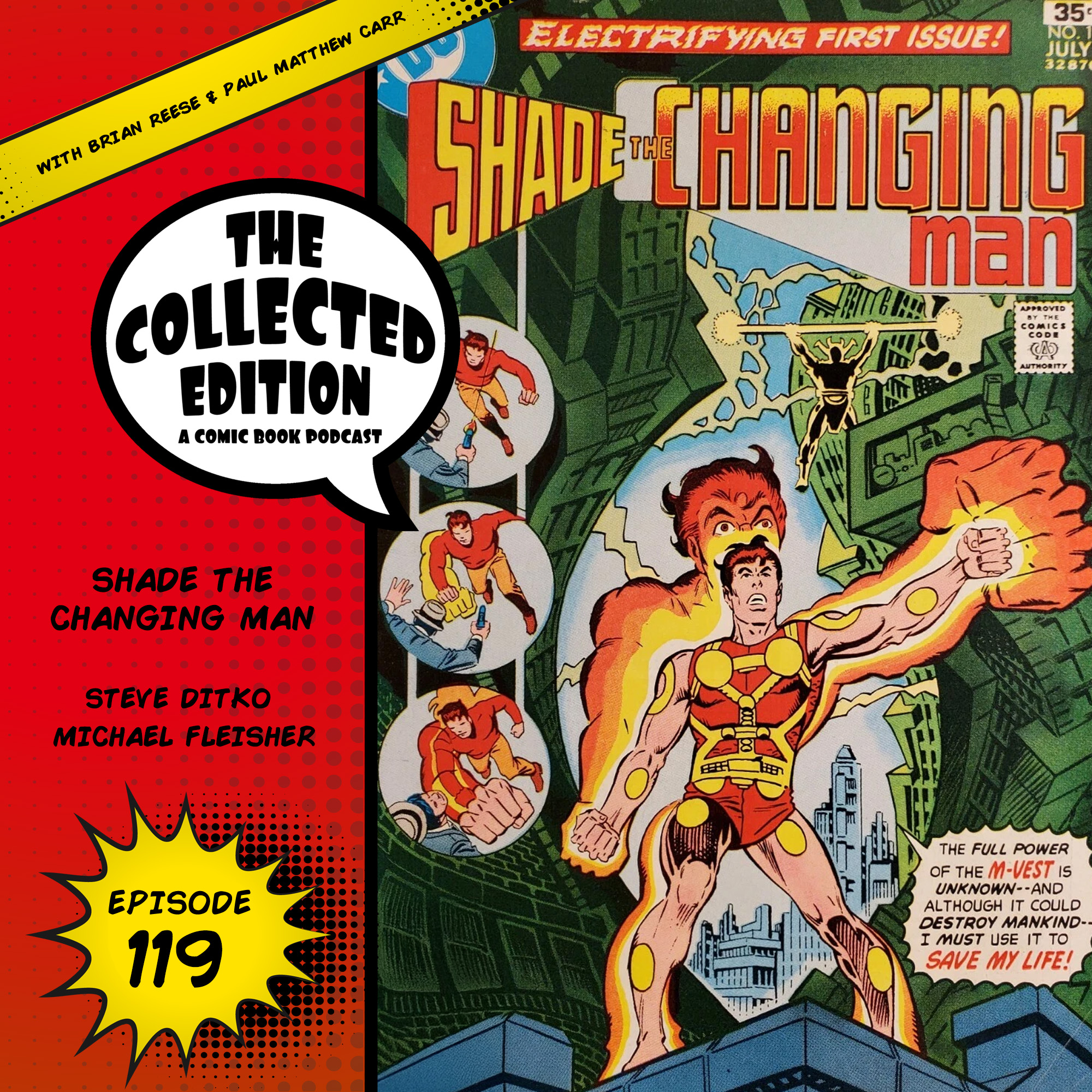

Leave A Comment